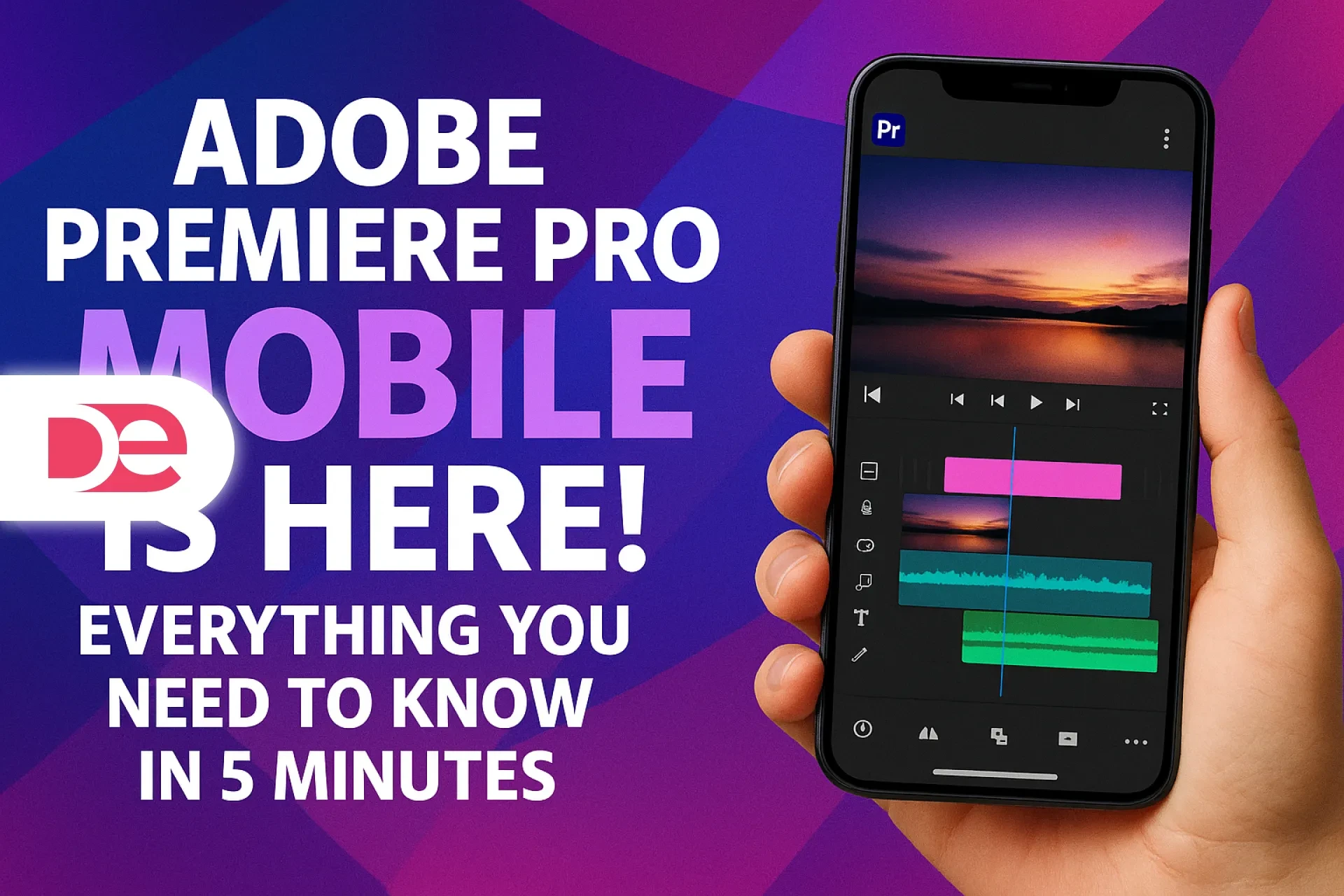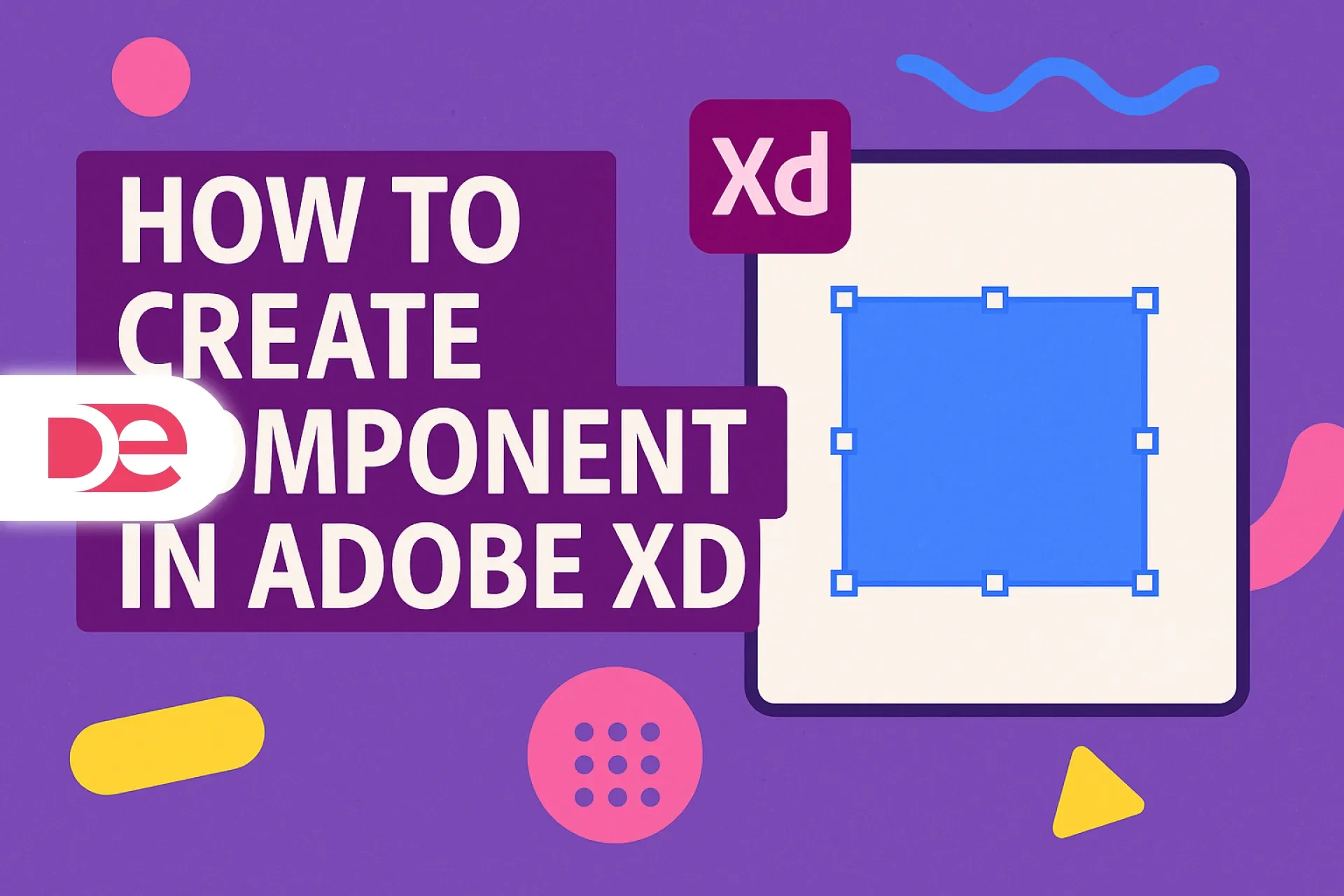Affiliate disclosure: This article contains affiliate links. If you click and purchase, we may earn a commission at no extra cost to you.
Table of Contents
In a digital-first economy, electronic signatures are no longer a luxury—they’re a necessity. Whether you’re closing sales contracts, onboarding employees, or processing NDAs, speed and compliance can make or break your workflow. Two of the most recognized names in this space are Adobe Sign and DocuSign. Both platforms allow you to send, sign, and manage documents electronically, but the details matter—especially if you’re looking for the best fit for your business.
While DocuSign often dominates market share discussions, Adobe Sign has been making significant strides, leveraging Adobe’s long-standing expertise in document management and creative software. In this article, we’ll break down their differences, highlight why Adobe Sign is a strong contender, and help you make an informed choice for your digital document strategy in 2025.
Get Adobe Sign FREE for 7 days and streamline your workflows instantly.
Start Free Trial
Understanding the Basics: What Are Adobe Sign and DocuSign?
Before diving into comparisons, let’s define each solution.
Adobe Sign is Adobe’s cloud-based e-signature service, integrated into the Adobe Document Cloud. It allows you to prepare, send, and track documents for electronic signatures directly from tools like Acrobat, Microsoft Office 365, and Salesforce. Its strengths lie in deep ecosystem integration, enterprise-grade compliance, and user-friendly workflows.
DocuSign is a standalone e-signature platform with a broad feature set. It integrates with hundreds of third-party applications and is known for its strong brand recognition in the e-signature market.
Both meet the legal requirements for electronic signatures under ESIGN (U.S.), eIDAS (EU), and other major regulations. The difference lies in how they approach usability, integration, and value.
Key Differences Between Adobe Sign and DocuSign
The following table summarizes the core distinctions:
| Feature / Category | Adobe Sign | DocuSign |
|---|---|---|
| Integration with Adobe Tools | Seamless (Acrobat, Creative Cloud, Document Cloud) | None |
| Microsoft 365 Integration | Native and certified | Available, but less native |
| Brand Ecosystem | Part of Adobe’s document & creative suite | Independent e-signature platform |
| Pricing Structure | Competitive for businesses using Adobe tools | Can be higher for similar features |
| Compliance & Security | SOC 2 Type 2, ISO 27001, HIPAA-ready, FedRAMP Tailored | SOC 2 Type 2, ISO 27001, HIPAA-ready |
| AI Features | Adobe AI-driven form field recognition, automation | DocuSign AI for contract analytics |
| User Experience | Unified with Adobe PDF workflows | Standalone platform experience |
Why Adobe Sign Stands Out in 2025
1. Deep Integration with Your Existing Tools
If your business already uses Adobe Acrobat or Creative Cloud, Adobe Sign becomes a natural extension. You can send a document for signature without leaving Acrobat, and track progress in real time.
2. Microsoft Partnership Advantages
Adobe Sign is Microsoft’s preferred e-signature solution for Office 365 (Microsoft, 2024). You can sign and send documents directly from Word, Excel, or Teams, without switching platforms.
3. Enterprise-Grade Compliance
Adobe Sign supports FedRAMP Tailored for U.S. government use, in addition to HIPAA, SOC 2, and ISO 27001 certifications. This makes it a safe choice for industries like healthcare, finance, and public sector.
4. Competitive Pricing for Adobe Users
For organizations already paying for Adobe Creative Cloud or Acrobat Pro, adding Adobe Sign is often more cost-effective than paying separately for DocuSign.

Upgrade Your Signing Process with Adobe Sign
Enjoy seamless integration with Microsoft 365, Acrobat, and more—plus enterprise-grade compliance.
Get It NowStep-by-Step: How to Switch to Adobe Sign from DocuSign
Step 1: Audit Your Current Workflows
• Identify the most frequent document types you send for signature.
• Map current integrations and storage locations (e.g., SharePoint, Dropbox).
Step 2: Match Features
• Compare your current DocuSign plan to Adobe Sign’s business or enterprise tiers.
• Ensure advanced needs—like bulk sending or API access—are included.
Step 3: Migrate Templates
• Export your existing DocuSign templates.
• Import them into Adobe Sign and adjust fields using its AI-assisted form field detection.
Step 4: Train Your Team
• Leverage Adobe’s free training resources and webinars.
• Set up internal “Adobe Sign champions” to help others adapt.
Step 5: Go Live
• Start with a pilot group to iron out issues.
• Expand rollout across departments after 2-4 weeks.
Pros and Cons of Adobe Sign
Pros
• Native integration with Adobe Acrobat and Microsoft 365
• Enterprise-ready compliance (HIPAA, FedRAMP, SOC 2)
• Competitive pricing for Adobe customers
• AI-assisted form recognition saves time
• Streamlined user experience for PDF-heavy workflows
Cons
• Best value comes when paired with other Adobe tools
• Some niche integrations still stronger on DocuSign Marketplace
Risk Management When Choosing an E-Signature Platform
E-signatures deal with sensitive data, so risk management should be a priority.
For Adobe Sign:
• Regular third-party security audits ensure compliance.
• Data encryption in transit and at rest protects confidentiality.
• Audit trails are tamper-proof and court-admissible.
Mitigation Tips:
• Use multi-factor authentication for signers.
• Regularly review user access permissions.
• Archive signed documents in a secure, backed-up environment.
Practical Example: Mid-Sized Marketing Agency
A 50-person U.S.-based marketing agency switched from DocuSign to Adobe Sign in 2024.
Before: Contracts sent via DocuSign required manual PDF editing and field placement. Integration with Creative Cloud tools was non-existent.
After: Using Adobe Sign within Acrobat Pro, account managers send contracts directly from the design files, cutting document turnaround time by 40% (internal agency report, 2024).
The agency also reduced software costs by bundling Adobe Sign with their existing Acrobat Pro licenses.
Common Mistakes to Avoid
• Assuming all e-signature platforms offer the same compliance coverage.
• Overlooking integration costs when using third-party connectors.
• Skipping staff training, which delays adoption.
• Ignoring renewal terms, leading to unexpected price hikes.
Expert Tips for Maximizing Adobe Sign
• Activate automated reminders to speed up signer response times.
• Use templates for recurring documents to save hours each month.
• Leverage bulk send for HR and procurement documents.
• Integrate Adobe Sign with Teams or Slack for instant notifications.
FAQ: People Also Ask
Conclusion: Why Adobe Sign Is the Smart Choice
If you value deep integration, enterprise compliance, and cost efficiency, Adobe Sign is a strong choice for 2025—especially for businesses already using Adobe or Microsoft tools. While DocuSign remains a capable platform, Adobe Sign offers a smoother experience for PDF-heavy workflows, better synergy with your existing software, and the backing of Adobe’s trusted document ecosystem.
You can explore Adobe Sign and streamline your document processes today:
Try Adobe Sign here
Streamline Your Workflow with Adobe Sign →












































